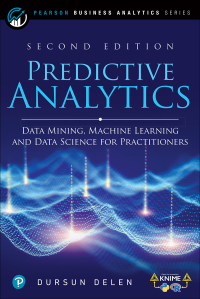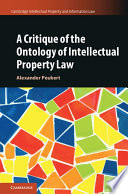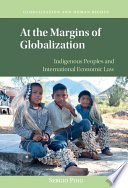Buy Predictive Analytics: Data Mining, Machine Learning and Data Science for Practitioners 2nd Edition PDF ebook by author Dursun Delen – published by Pearson FT Press PTG in 2021 and save up to 80% compared to the print version of this textbook. With PDF version of this textbook, not only save you money, you can also highlight, add text, underline add post-it notes, bookmarks to pages, instantly search for the major terms or chapter titles, etc.
You can search our site for other versions of the Predictive Analytics: Data Mining, Machine Learning and Data Science for Practitioners 2nd Edition PDF ebook. You can also search for others PDF ebooks from publisher Pearson FT Press PTG, as well as from your favorite authors. We have thousands of online textbooks and course materials (mostly in PDF) that you can download immediately after purchase.
Note: e-textBooks do not come with access codes, CDs/DVDs, workbooks, and other supplemental items.
eBook Details:
Full title: Predictive Analytics: Data Mining, Machine Learning and Data Science for Practitioners 2nd Edition
Edition: 2nd
Copyright year: 2021
Publisher: Pearson FT Press PTG
Author: Dursun Delen
ISBN: 9780136738510, 9781000327854
Format: PDF
Description of Predictive Analytics: Data Mining, Machine Learning and Data Science for Practitioners 2nd Edition:
The world economy today is at an historical inflection point. The neoclassical (industrial) model of economics is self-destructing while a new life-mimicking model, based on radically different assumptions, is emerging. Although rarely acknowledged in economic journals, Nordic countries, which pioneered the life-mimicking model, have become world leaders in prosperity and productivity while those operating on the older neoclassical/industrial model are trapped in downward spirals. By approaching economies as sub-systems of life rather than super-systems that transcend life, we gain transformative insights. Such thinking led to the first circular economy experiments in Kalundborg (Denmark) during the 1970s, then quickly spread to the rest of the Nordic world. By placing a higher value on living assets (people and Nature) than on non-living capital assets, this approach generates harmony rather than exploitation and conflict. Because Nordic people feel vested in the system and responsible for its success, they are extraordinarily innovative and productive. That is why Nordic companies are regularly rated among the worlds most sustainable and profitable in their fields even though their region holds less than half of one percent of the worlds population. Written in an accessible way for non-economists, the book is ideal for readers interested in the benefits of biomimicry and methods of guiding democratic countries along a proven path of self-renewal. Economies That Mimic Life will also provide useful background for corporate leaders in scenario planning and strategic thinking. Knowing which way the political-economic wind is blowing will become increasingly important to corporate survival.





